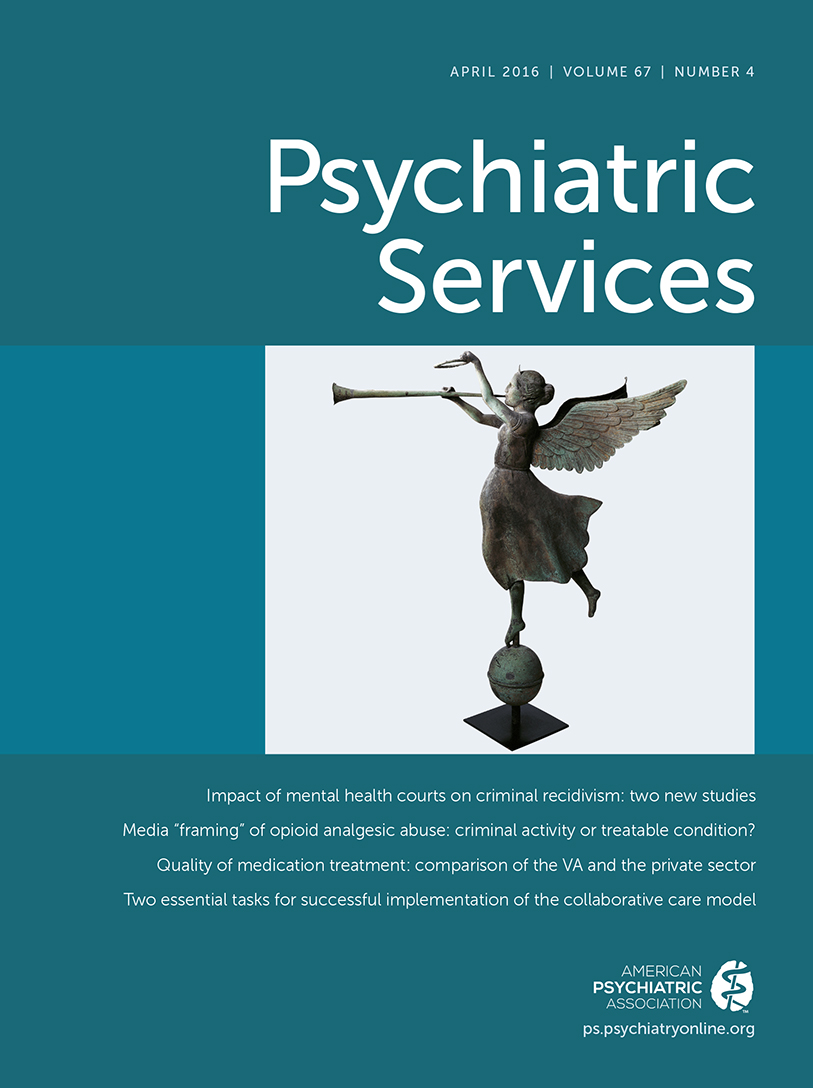Sustaining Screening of Key Health Risk Factors in New York State Mental Health Clinics After Implementation of the Health Indicator Initiative
Abstract
Objective:
Screening data on obesity and smoking among adult outpatients in state-operated clinics were collected and analyzed by the New York State Office of Mental Health to determine relationships between demographic and clinical risk factors and obesity and smoking. Predictors of weight loss and smoking cessation were examined.
Methods:
Individuals enrolled in 2010–2012 with two or more valid body mass index measures and two or more valid smoking measures (N=22,574) were selected. Chi square tests examined associations between demographic and clinical risk factors and obesity and smoking. Multivariable logistic regression identified predictors of weight loss and smoking cessation.
Results:
The prevalence of obesity and smoking was 45% and 50%, respectively. The odds of losing weight or remaining at a stable weight were higher among males (versus females), individuals ages ≤49 (versus ≥50), smokers (versus nonsmokers) at baseline, and individuals with diabetes (versus without diabetes). The odds of gaining weight were higher among individuals prescribed psychotropic medications compared with those who were not prescribed psychotropic medications. Individuals ages ≤49 and those with a pulmonary condition or psychotic or substance use disorders (versus without these conditions) were less likely to quit smoking. Individuals who were obese (versus not obese) at baseline and those with an endocrine condition (versus without this condition) were more likely to quit smoking.
Conclusions:
Significant associations were found between demographic and clinical risk factors and obesity, smoking, and improvements in smoking and obesity outcomes. Continued work is needed to identify critical points of intervention to prevent weight gain and promote weight loss and smoking cessation in this population.



